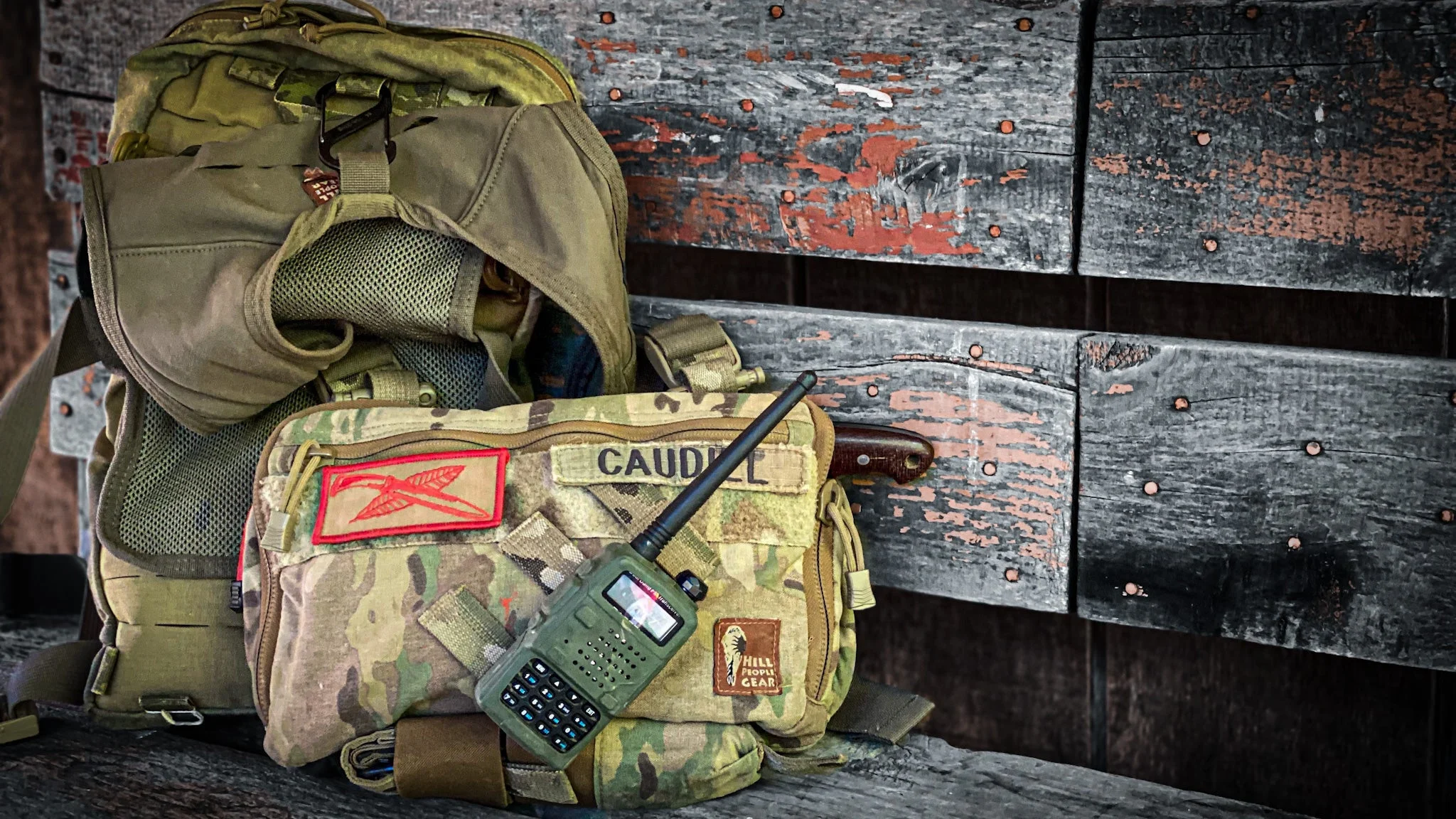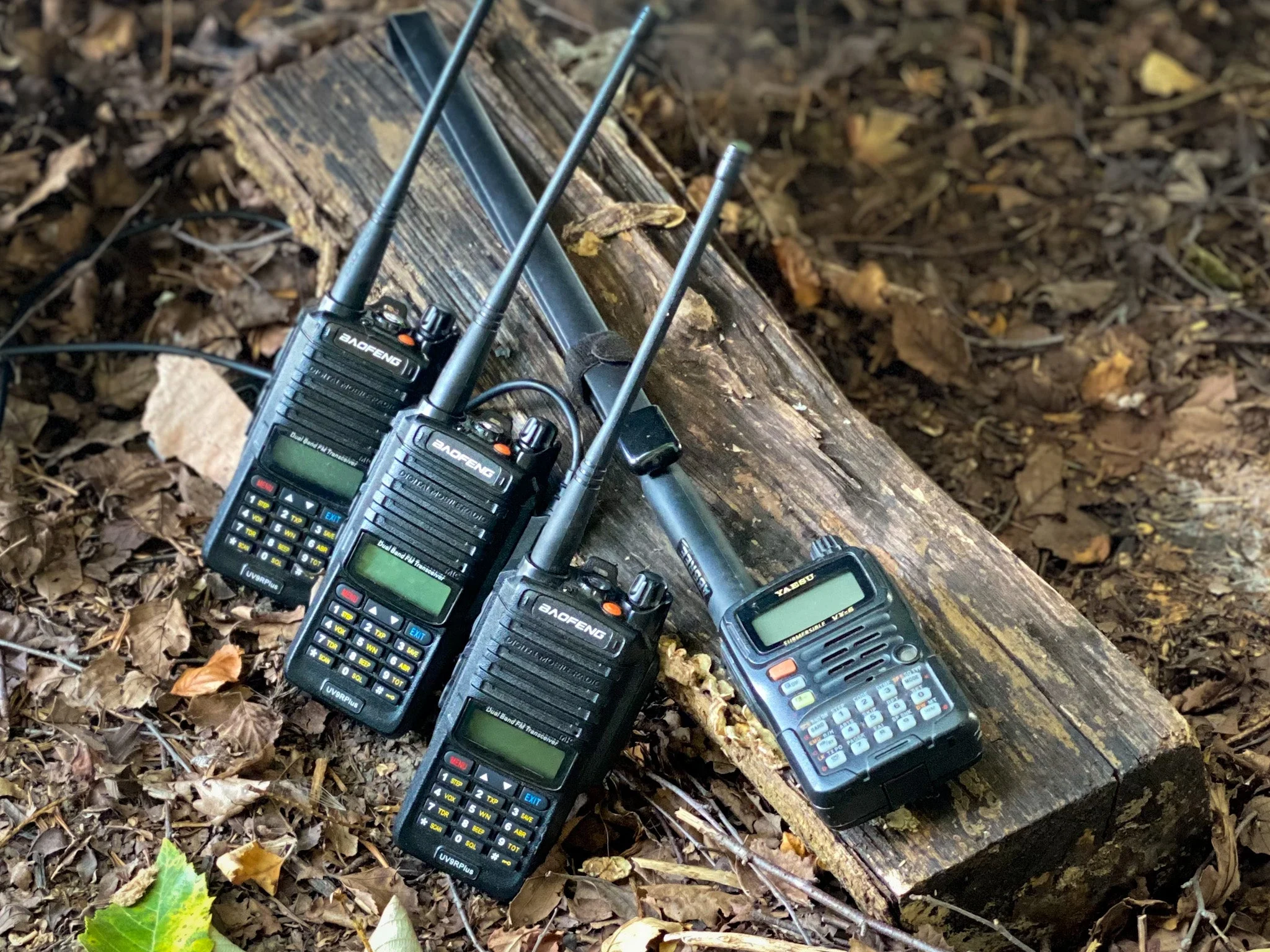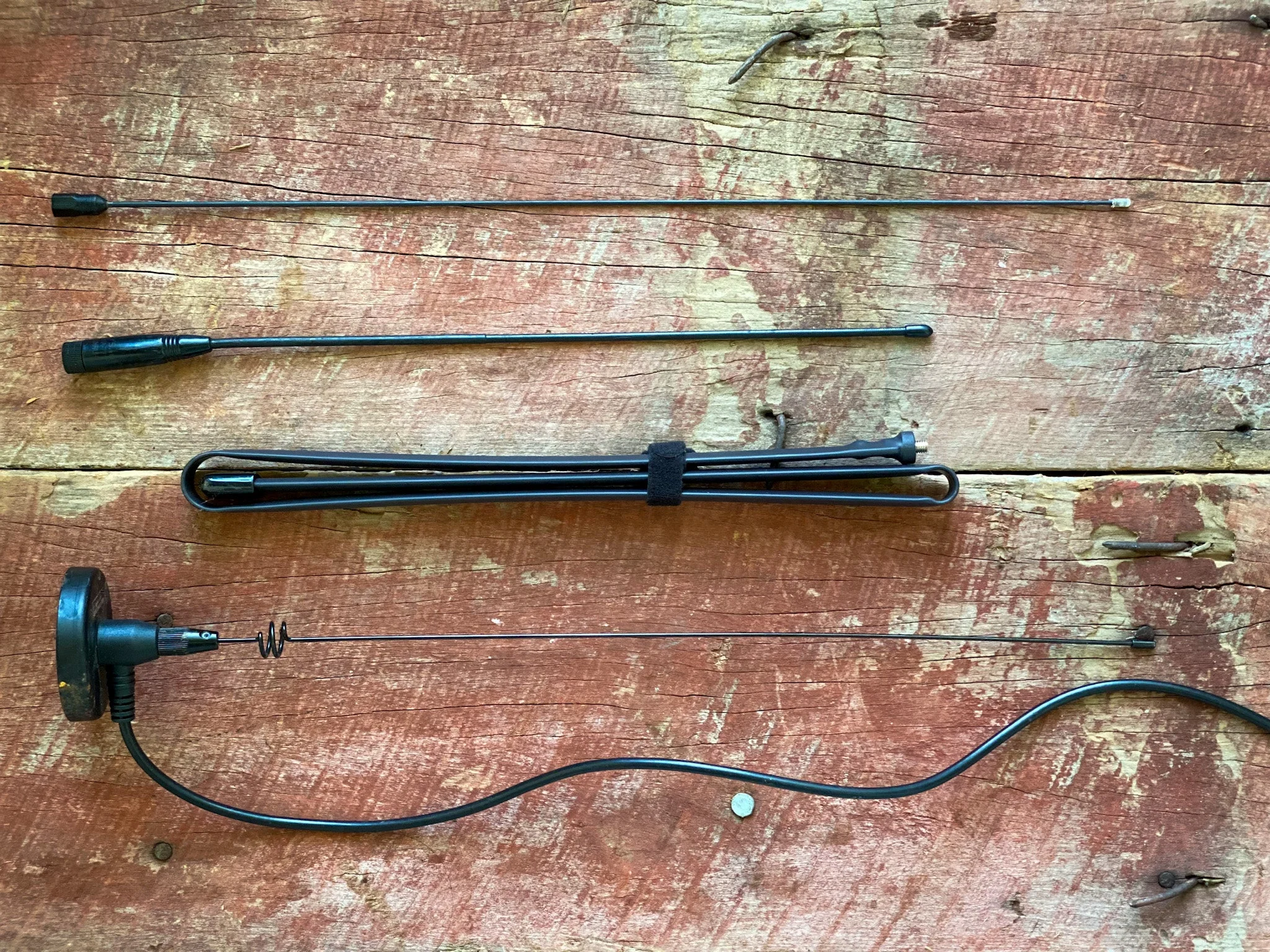Two years ago, in my home state of Kentucky, we had a devastating tornado
that traveled nearly 200 miles, leveled towns, killed scores of people, and left widespread devastation. When emergency responders started hitting the scene, they heard amateur (ham) radio operators systematically offering reports, relaying desperately needed information, and, in general, offering massive amounts of communication assistance.
Ham radio, or amateur radio
, has remained a steadfast communication method since its inception. This form of communication has retained its importance and relevance in a rapidly digitizing world. While many might perceive it as just another hobby, ham radio celebrates camaraderie and serves as a useful backup communication method when modern systems fail. This explainer about what is ham radio aims to delve deeper into the topic, offering insights into how ham radio works, how to get started, and addressing some commonly raised questions.
What Is Ham Radio?
At its core, ham radio is about communicating over specific radio frequencies designated for amateur use. But it’s much more than that. It’s about creating connections, often forging deep friendships with individuals you may never meet. The thrill of connecting with someone from a different continent or someone down the road, sharing stories, and learning about others’ way of life and radio kit is fun. (Check out our round of the best ham radios
.)

The author’s ham radio is packed and ready. Jennifer Caudill
The Activity and Practice of Amateur Radio
Unlike the commercial frequencies used by radio stations that broadcast music or news, ham radio frequencies are purely for two-way interactions. Hams can communicate locally or try for more distant contacts, aiming for communications as distant as the International Space Station or bouncing signals off the moon.
The versatility of the ham radio is evident in its varied uses. Beyond simple voice communication, some modes involve digital signals, morse code, and even image transmission. This varied range of communication styles allows for continuous learning and experimentation.
**Read Next: The Best Hunting GPS
**
The Newcomer’s Guide to Ham Radio
Beginning your journey into ham radio is more manageable than it might initially seem. While the technology and jargon might feel overwhelming, the global community of hams is known for its welcoming nature and eagerness to guide newcomers. My experience with ham groups and clubs has always been beneficial. Now, mind you, ham operators tend to be on the nerdy side. But it is such a helpful nerdiness that draws you in.
I got into learning ham operations as a means of emergency backup. There has never been a question I have asked of my ham friends that went unanswered. They are so willing to help. There are a few basic steps that I have found that will help you get started.
Step 1: Education
Numerous online resources, books, and courses are tailored for beginners. These materials will introduce you to the basics of radio theory, operating procedures, and communication ethics. I successfully tested and obtained my first ham radio license utilizing an app on my phone as a study tool. The app took me through multiple test versions, graded me, and then offered help on the things I missed during practice testing. For those old-schoolers or more conventional learners, picking up a ham study book is the way to go.
Step 2: Obtain a Ham Radio License
This step requires passing an examination. To ensure operators are well-versed with this hobby’s technicalities, ethics, and regulations, a structured licensing process is in place, primarily in the United States, divided into three levels: Technician, General, and Extra.
Technician: This class license is the entry point for new amateur radio operators. Candidates for this level are tested on basic radio theory, regulations, and operating practices. Upon successfully passing the Technician examination, operators earn the privilege to operate on all VHF/UHF amateur bands and a few privileges on the HF (shortwave) bands. This is ideal for local and regional communication.
General: This class license demands a more in-depth understanding of radio theory, modalities of communication, and regulations. Acquiring the General license opens the door to worldwide communications, granting privileges on multiple HF bands capable of long-distance communication.
Extra: This class license is the pinnacle of amateur radio licensing, requiring an extensive knowledge of advanced radio theory, antenna design, and more complex aspects of ham operations. Passing the Extra examination grants operators all available U.S. Amateur Radio operating privileges on all bands and all modes. The structured nature of this licensing ensures that as operators progress from Technician to Extra, they acquire a deeper understanding and proficiency in ham radio operations, making the airwaves a knowledgeable and safe space for communication.

As with many new hobbies, getting into ham radio requires an investment in the necessary equipment. Jennifer Caudill
Step 3: Get the Best Ham Radio Equipment for You
Once licensed, it’s equipment time. For novices, there are starter kits that contain all the essentials. As you delve deeper into the hobby, you might invest in more advanced equipment, antennas, or even building your gear. Joining a local ham radio club can expedite this process, as these clubs often conduct training sessions, group discussions, and even group equipment purchases. I got started with an inexpensive handheld radio to learn the ropes. Then, after practicing and learning, meeting with my local radio club, and seeking advice from friends, I graduated to a more advanced handheld unit and then onto a mobile unit mounted in my vehicle. This progress is shared among new users. I have not leaped yet to the next likely portion, the home antenna and unit. These setups can exponentially increase my reach far outside my region or state when I have the necessary license requirements.

Various antenna-setup options for a ham radio. Jennifer Caudill
**Read Next: Best Handheld GPS
**
FAQs
Why are Amateur Radio Operators also called “Hams”?
Amateur radio operators are also known as radio amateurs or hams. The term “ham” as a nickname for amateur radio operators originated in a pejorative usage (like “ham actor”) by operators in commercial and professional radio communities and dates to wired telegraphy. Even among hams, this is a debatable topic, but you won’t likely find amateur radio operators upset about using the term “ham.”
What is the point of a ham radio?
Primarily, it’s a hobby. But it’s also an essential tool during emergencies, a means of experimenting with radio technology, and a unique way of fostering friendships far and wide.
Does anyone still use the ham radio?
Yes, ham radio has a dedicated and thriving global community. Technological advancements have not diminished its allure, with many enthusiasts of all ages participating actively. Technology has allowed ham to go digital, and you can now use ham frequencies over your cell phone. Or go deep on using the old-school technology as well.
What is the difference between ham radio and familiar radio?
Ham radio is interactive, with two-way communication, whereas commercial radio typically involves broadcasting to a passive audience.






